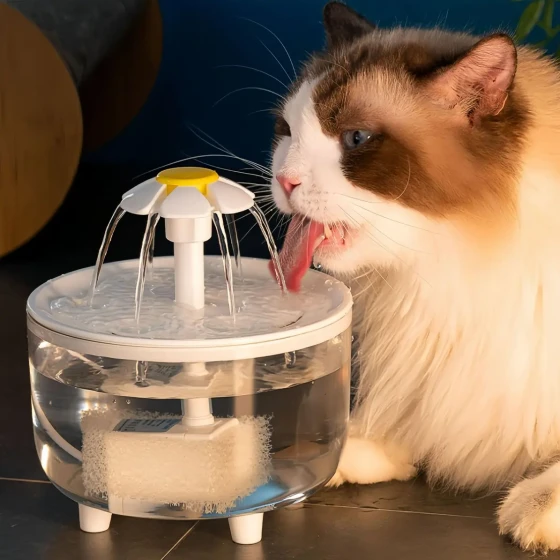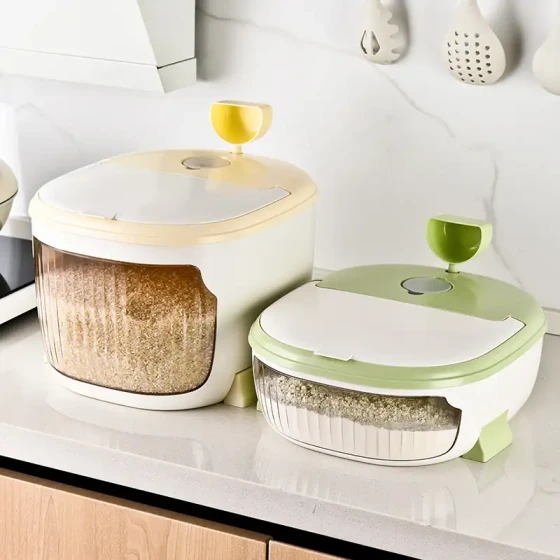Six Very Important Things About Cat Pregnancy

Chinchilla Cat
1. Pregnancy Test
The earliest visible sign of a cat’s pregnancy is the nipples changing color from pale pink to deep pink, and the fur around the nipples falls out, making the nipples appear especially prominent. These symptoms should appear within 3 weeks after mating. At 3 to 4 weeks post-conception, the vet can clearly feel round swellings. After this period, the fetuses become harder to feel but are still palpable. If necessary, an ultrasound can be done within 2 to 3 weeks to check the fetuses; at 5 and a half weeks pregnant, an X-ray can be performed to count the number of fetuses.
2. Care
The pregnancy period of a cat is about 63 to 66 days but can last up to 71 days. If premature, most offspring are stillborn or die shortly after birth. Pregnant queens require more protein and calories, but if you feed high-quality, balanced nutrition, you don’t need to change the food quality specifically during the first 2 to 3 weeks of pregnancy.
3. Nutrition
High-quality proteins like dairy products, eggs, and meats can be added to dry food (about 10%) to increase protein content and flavor without disrupting nutritional balance. Kitten milk formulas can also be given to pregnant and nursing cats. The feeding amount should gradually increase as pregnancy progresses, and by late pregnancy, the queen should eat twice as much as before pregnancy. Because the growing fetuses press on surrounding organs, cats cannot eat the total needed food in two meals, so you need to increase feeding frequency or leave food out for free access.
4. Preparing for Delivery
During pregnancy, avoid overfeeding or lack of exercise to prevent obesity and muscle relaxation, which can cause birthing difficulties. The best and easiest birthing box is a cardboard box with an entrance cut 10 to 15 cm above the bottom for easy access and to prevent kittens from falling out. A lid is also recommended, which can be opened when needed to care for the kittens. Start acclimating the cat to this box about one week before delivery by placing clean soft towels inside to encourage her to sleep there.
5. Labor
Usually 1 to 2 days before labor, the queen loses her appetite, becomes restless, meows more, may shred materials in the birthing box, and might vomit; as labor gets closer, she licks her abdomen and reproductive organs more often. If you haven’t placed her in the delivery box, she might deliver on your bed, in a closet, or elsewhere.......
6. Delivery
Once kittens are born, you should immediately break the amniotic sac to allow them to breathe freely. Usually, the mother cat does this right away, but inexperienced or nervous cats might forget. In that case, you should break the membrane immediately, or the kitten may suffocate. If the umbilical cord does not fall off at birth, the mother will clean the kitten and naturally bite off the cord. If the mother hasn’t cleaned the kitten within 15 minutes, you can tie the umbilical cord 1 to 2.5 cm from the kitten’s body with clean thread or unwaxed dental floss, then cut off excess length. The cord should not be too short to avoid infection. Dip the cut end in iodine or disinfectant.





